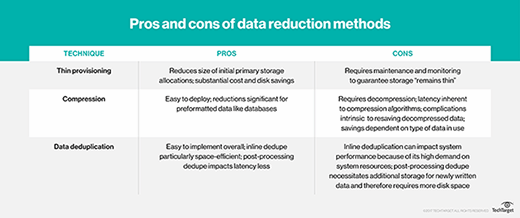

However, an important point to consider when viewing these images is that due to limitations of the printing reproduction process, the resolution of these printed images may not be adequate to reveal subtle differences between the various techniques. A consistent image set has been used to illustrate the effect of each compression technique on typical images, thus allowing for a direct comparison of bit rates and reconstructed image quality.

The algorithms discussed in this book are mainly concerned with the compression of continuous-tone, still-frame, monochrome and color images. The goal of this book is to lay the groundwork for understanding image compression techniques and to present a number of specific schemes that have proven to be useful. A wide range of techniques has been developed over the years, and novel approaches continue to emerge. The branch of digital image processing that deals with this problem is called image compression (also picture coding). In order to utilize digital images effectively, specific techniques are needed to reduce the number of bits required for their representation. Furthermore, the number of digital images created each day increases as more applications are found. A large number of bits is typically required to represent even a single digital image, and with the rapid advances in sensor technology and digital electronics, this number grows larger with each new generation of products. This is particularly true in the case of digital images. As a result, the ability to store, access, and transmit information in an efficient manner has become crucial. bit rate, implementation complexity, and susceptibility to channel errors are considered.ĮXCERPT Information, in its many forms, is a valuable commodity in today's society, and the amount of information is increasing at a phenomenal rate. For each algorithm, issues such as quality vs. The book contains approximately 30 pages of reconstructed and error images illustrating the effect of each compression technique on a consistent image set, thus allowing for a direct comparison of bit rates and reconstucted image quality. A detailed description of the compression algorithm proposed as the world standard (the JPEG baseline algorithm) is provided. Both lossless (bit-preserving) and lossy techniques are considered. The algorithms discussed in this book are concerned mainly with the compression of still-frame, continuous-tone, monochrome and color images, but some of the techniques, such as arithmetic coding, have found widespread use in the compression of bilevel images. This Tutorial Text provides the groundwork for understanding these image compression tecniques and presents a number of different schemes that have proven useful. DESCRIPTION In order to utilize digital images effectively, specific techniques are needed to reduce the number of bits required for their representation.


 0 kommentar(er)
0 kommentar(er)
